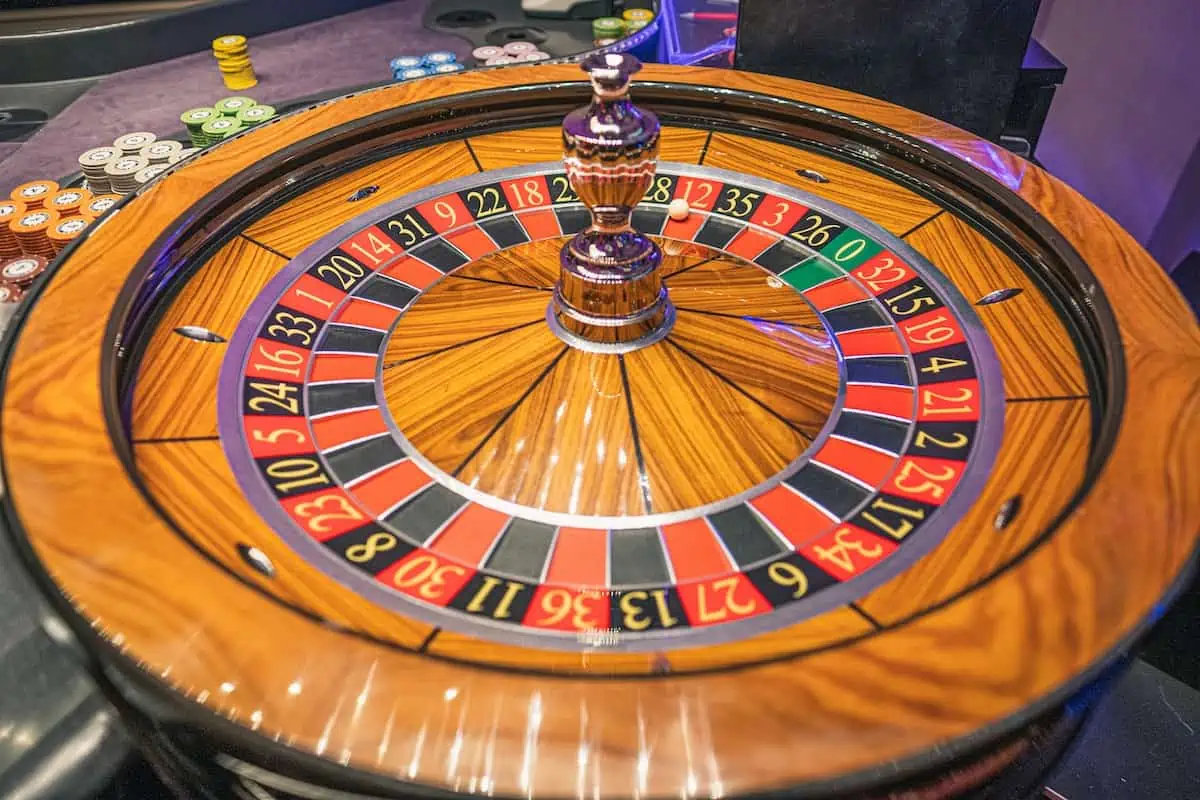In the last few years live casino games have really taken off online. Stronger broadband signals and improved streaming technology have brought live hosts and dealers onto our screens.
This blend of live elements with a digital player setup has produced some incredibly popular games, such as Mega Fire Blaze Roulette Live. As well as the live host, these games often incorporate physical game elements, from the deck of cards to the Roulette wheel.
Plenty of players prefer this mix over a purely digital experience, where the random number generator (RNG) and software are the ones running the show. So, let’s take a look under the bonnet at just how these live casino games work.
Optical Character Recognition
Incorporating live game elements into an online game is more complicated than it looks. There’s a clear reason that online casinos only started offering live game experiences more recently.
First up is the Optical Character Recognition (OCR), which is what translates physical data into a format that the computer can work with. In the case of live casino games, this means the numbers on the playing cards or the position of the Roulette ball.
OCR seamlessly converts the images it sees so that they can be fed into the software, bridging the gap between the physical table and the player interface. This allows you to see and react to the results in real time, cutting out the risk of lag.
Game control unit
Every live casino game table is also equipped with a Game Control Unit (GCU). This shoebox-sized device is what helps the entire game to run smoothly.
By digitising and managing the video broadcast, the GCU is the invisible assistant helping the live dealer run the game. They have a lot more to manage here than they would if they were running a game in a land-based casino.
While the live dealer is still a crucial aspect of the game, it’s the GCU that manages the online gameplay flow. This little box makes sure that any bets are placed correctly and on time, as well as the accurate payout of any winnings.
Cameras and streaming tech
The rest of this is a little less specific, as the exact streaming technology behind live games will vary from place to place. But ultimately, without the proper streaming tools the live dealers would be hosting for an empty room.
Multiple cameras are generally used for any given live game, with at least one focusing on the host and others on each of the individual game elements.
As many games offer players the ability to alter the angle of their view, choosing the view that suits their tastes best, there needs to be the cameras in place to allow this.
Making sure that the players receive the best quality video picture possible requires high-quality cameras, as well as a streaming setup that can support so much data.
There’s a surprising amount of tech required to bring live casino games to the screen. Seamlessly integrating the physical game elements with the online presentation and user interface is complicated work!
Article and permission to publish here provided by Shazia Noor. Originally written for Supply Chain Game Changer and published on February 29, 2024.
Cover photo by Free Walking Tour Salzburg on Unsplash.

